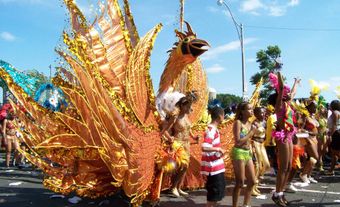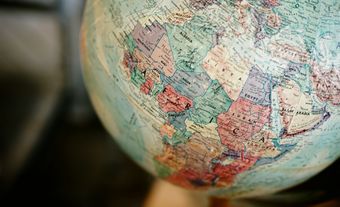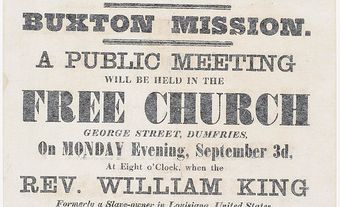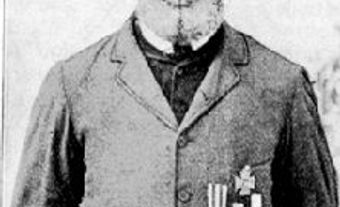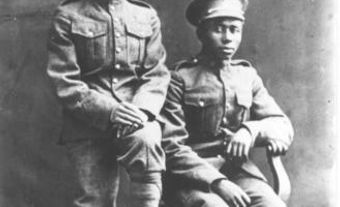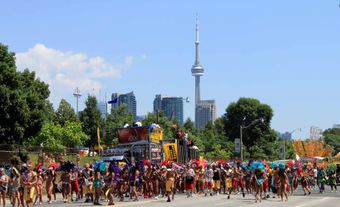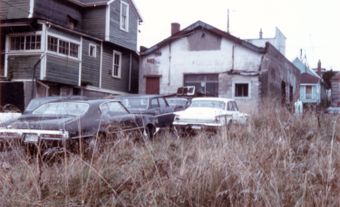Black Canadians, or African Canadians, are people of African or Caribbean ancestry who live in Canada. According to the 2021 Canadian census, 1.5 million Canadians (4.3 per cent of the population) identified as being Black.
This is a summary of Black history in Canada. For more detailed information, please see our articles on Black History in Canada until 1900, Black History in Canada: 1900-1960 and Black History in Canada: 1960 to Present..
See also African Canadians and Caribbean Canadians.
Black History in Canada until the 1900s
Black people have lived in what is now Canada since the 1600s. The earliest Black inhabitants in Canada were enslaved. (See Marie-Joseph Angélique.) By 1759, when British forces conquered New France, over 1,000 enslaved people of African origin had been brought to what is now Canada. Following the American Revolution (1775–83), white Loyalists fled the United States and settled in the Atlantic provinces and what would become Lower Canada [ Quebec] and Upper Canada [Ontario]. They brought about 2,000 enslaved Black people with them. At the same time, approximately 3,500 free Black persons emigrated from the US and settled in what became Nova Scotia and New Brunswick. They had won their freedom due to their support for Britain during the American Revolution. (See Black Loyalists in British North America.)
Enslaved and free Black people also fought on the British side in the War of 1812. (See The Coloured Corps: Black Canadians and the War of 1812 and Richard Pierpoint.) Between 1813 and 1816, over 2,000 Black refugees fled from the United States and eventually settled in Nova Scotia and New Brunswick. There they faced hostility, segregation and low-paying jobs. In 1792, almost 1,200 Black Loyalists sailed from Halifax to West Africa, where they founded the new settlement of Freetown in Sierra Leone. (See also The Arrival of Black Loyalists in Nova Scotia; Africville.)
In 1793, Upper Canada passed the Act to Limit Slavery in Upper Canada. The Act did not free any enslaved people but prohibited the importation of enslaved persons into the province. Enslavement was abolished in most British colonies, including Canada, in 1834.
In 1850, the United States passed the Fugitive Slave Act, which stated that Refugees from enslavement living in the Northern states could be returned to enslavement in the South once captured. Between 1850 and 1860, an estimated 15,000 to 20,000 African Americans settled in Canada. Some fled on their own, while others travelled with help from the Underground Railroad. Most settled in Upper Canada. With the end of slavery in 1865, many of them returned to the US to rejoin their families. Despite the end of enslavement, Black Americans faced continuing legal, social and economic inequalities in the United States. This led some to migrate to Canada in search of a better life. In the west, about 800 free Black people emigrated from California to Vancouver Island in 1858–60. A group of about 1,000 Black people moved from Oklahoma to the prairies, particularly Alberta, in 1909–11.
See also Black History in Canada until 1900.
Black History in Canada: 1900s–1960s
Black people faced discrimination in Canada in housing, employment and access to public services. Many restaurants, hotels, and theatres refused to admit or serve Black Canadians. (See Racial Segregation of Black People in Canada.) In 1910, Canada passed immigration legislation that extended the government’s powers to prohibit and deport immigrants. This included anyone considered “unsuited to the climate or requirements of Canada.”(See also Order-in-Council P.C. 1911-1324 — the Proposed Ban on Black Immigration to Canada.) For the first half of the 20th century, therefore, few Black people emigrated to Canada.
Many Black Americans moved to Canada’s major cities like Montreal, Toronto, Winnipeg and Vancouver. There, a large number worked in Canada’s railway industry as train porters. From the 1920s onward, Montreal became an important capital for jazz music. Famous Black Canadian musicians of the period include Oscar Peterson, Daisy Peterson Sweeney, Oliver Jones and Joe Sealy. (See also Rockhead’s Paradise.)
Black Canadians participated in both world wars despite racist restrictions. The Black community pressured the Canadian government to let them serve. This notably led to the creation of the No. 2 Construction Battalion during the First World War.
See also Black History in Canada: 1900-1960.

Black History in Canada: 1960s until Today
In 1967, Canadian immigration policy changed. Immigrants were assessed in terms of education, skills and employment prospects, regardless of race, ethnicity or nationality. Since the 1960s, many qualified immigrants from the Caribbean and Africa have settled in Canada. (See Caribbean Canadians; African Canadians.) According to 2016 census figures, most recent Black immigrants come from Haiti, Nigeria, Jamaica, Cameroon and the Democratic Republic of the Congo. According to Statistics Canada, there were about 1.5 million Black people living in Canada in 2021. Black Canadians formed about 4.3 per cent of the total population.
Racial discrimination has been illegal in Canada for many years. (See Racism, Rights Revolution in Canada, Canadian Charter of Rights and Freedoms.) However, many people argue that systemic racism continues. Also known as institutional racism, it is a form of racism shown through practice (rather than policy) in social and political institutions. This includes practices like racial profiling and police carding as well as under-representation in Parliament and in senior business positions. Statistically, Black Canadians are more likely to be unemployed and have a lower average income than other Canadians. They are also more likely than any other racialized minority to be the victim of hate crimes. Black Canadians and their allies continue to challenge racism and inequity in Canada (see Anti-Black Racism in Canada) through legal challenges, social media campaigns, protests and movements like Black Lives Matter. (See Anti-Racism Education in Canada.)
See also Black History in Canada: 1960 to Present.

 Share on Facebook
Share on Facebook Share on X
Share on X Share by Email
Share by Email Share on Google Classroom
Share on Google Classroom

